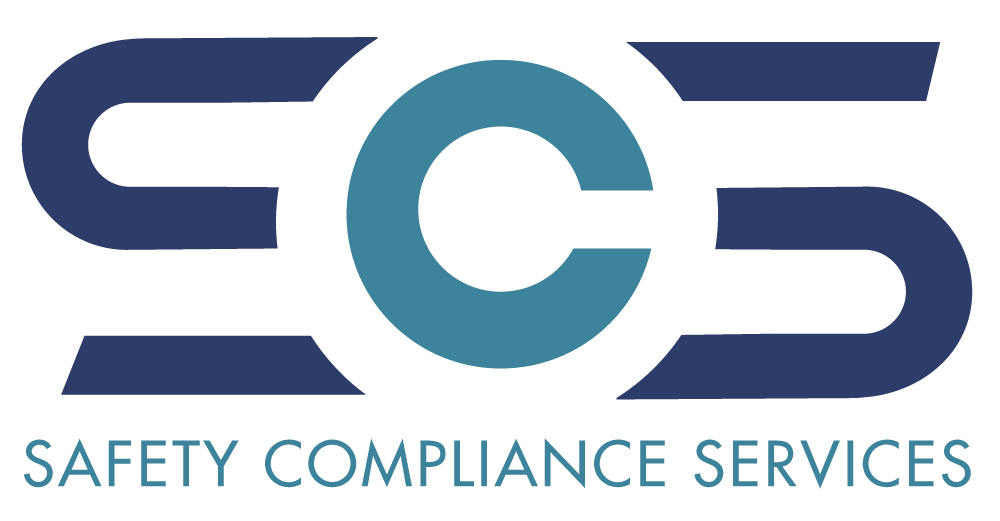The live event industry thrives on bringing people together from all walks of life to share experiences, celebrate culture, and create lasting memories. Yet, for too long, diversity and inclusion have been overlooked in this sector. In this blog post, we’ll explore the importance of diversity and inclusion in the live event industry and discuss actionable steps to promote a more inclusive environment for all attendees, performers, and stakeholders.
Audiences attending live events come from diverse backgrounds, cultures, and identities. To truly resonate with attendees, events must reflect this diversity in their programming, performances, and overall experience. Embracing diversity allows the live event industry to amplify the voices and stories of underrepresented communities, fostering a sense of belonging and empowerment among attendees. Diverse teams and perspectives fuel innovation and creativity, leading to more dynamic and engaging live event experiences that appeal to a wider audience. Companies and organizations that prioritize diversity and inclusion in their live events not only demonstrate their commitment to social responsibility but also enhance their reputation and brand image among audiences and stakeholders. Live events should be welcoming and inclusive spaces where everyone feels safe, respected, and valued, regardless of their background or identity.
Strategies for Promoting Diversity and Inclusion in the Live Event Industry:
- Diversify Programming and Talent: Curate diverse lineups of performers, speakers, and artists that represent a wide range of backgrounds, cultures, genres, and perspectives. Ensure that programming is inclusive and accessible to all attendees.
- Prioritize Accessibility: Make live events accessible to attendees with disabilities by providing accommodations such as wheelchair access, sign language interpretation, captioning, and sensory-friendly spaces.
- Implement Inclusive Marketing and Promotion: Develop marketing campaigns and promotional materials that reflect the diversity of the audience and convey a message of inclusivity and belonging.
- Cultivate Inclusive Spaces: Create safe and inclusive environments at live events by establishing codes of conduct, providing diversity and inclusion training for staff and volunteers, and offering resources for reporting harassment or discrimination.
- Partner with Diverse Organizations: Collaborate with diverse community organizations, advocacy groups, and cultural institutions to co-host events, share resources, and amplify diverse voices and perspectives.
- Celebrate Diversity and Culture: Incorporate elements of diversity and culture into live event experiences through food, music, art, and storytelling. Celebrate cultural holidays and heritage months with themed events and activities.
- Foster Diversity in Leadership: Encourage diversity and inclusion in leadership roles within the live event industry by providing opportunities for underrepresented individuals to take on leadership positions and participate in decision-making processes.
- Measure and Track Progress: Establish metrics and benchmarks to measure progress toward diversity and inclusion goals in the live event industry. Regularly evaluate and adjust strategies based on feedback from attendees, performers, and stakeholders.
As gatekeepers of shared experiences and cultural expression, the live event industry has a unique opportunity and responsibility to promote diversity and inclusion. By embracing diversity, fostering inclusive spaces, and amplifying diverse voices, we can transform live events into vibrant celebrations of humanity, where everyone feels seen, heard, and valued. Together, let’s build a more inclusive future for the live event industry—one event at a time.
